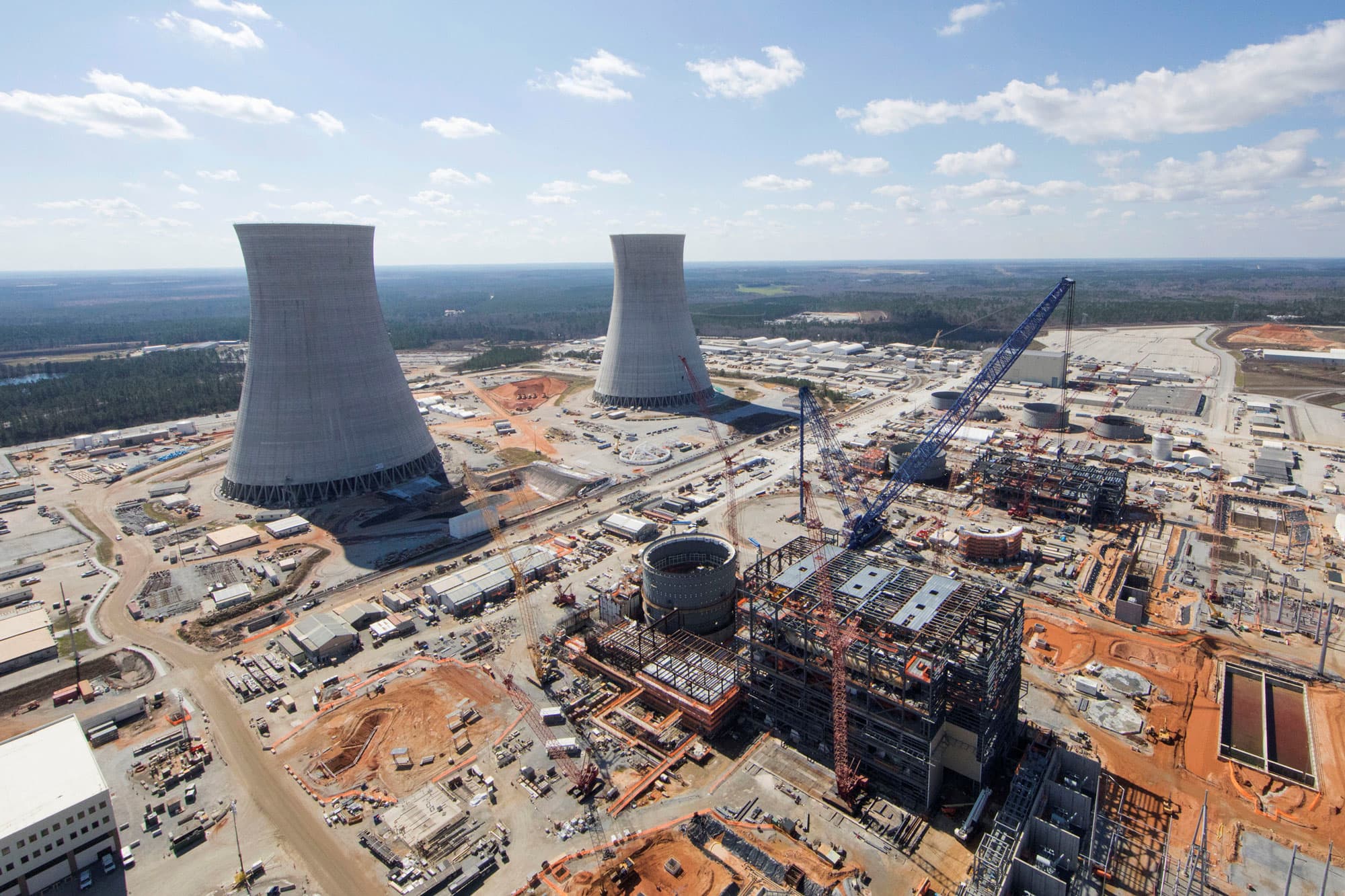Lab Grown Diamonds vs. Natural Diamonds: What’s the Difference?
Long cherished as symbols of beauty, luxury, and love, diamonds are widely considered a status symbol and the standard bearer among all gemstones, offering lasting value to the wearer. Throughout much of history, it has been natural diamonds that...

Long cherished as symbols of beauty, luxury, and love, diamonds are widely considered a status symbol and the standard bearer among all gemstones, offering lasting value to the wearer. Throughout much of history, it has been natural diamonds that have adorned coveted pieces of jewelry and played a leading role in the diamond marketplace. However, technological advancements as well as increased interest among the public about ethical sourcing and sustainability have resulted in lab grown diamonds emerging as a viable option to earth mined stones.
In this article, lab grown diamonds and natural diamonds will be compared and light will be shed on the key differences between both types of stones.
Formation & Origin
Earth mined diamonds, sometimes referred to as Natural diamonds, come directly from the innermost part of the planet. They are formed deep within the mantle, all under intense heat and pressure. And it is this geological process that gives natural diamonds their unique characteristics.
Lab grown diamonds are created inside a highly controlled lab environment—one that mimics natural conditions required for diamond formation. As such, lab grown diamonds are produced through one of two means: Chemical Vapor Deposition (CVD) or High Pressure High Temperature (HPHT) synthesis. In both situations, carbon atoms are arranged into diamond crystal structures through high levels of heat and pressure—just like in nature. Now, even while lab grown diamonds are “born” in a lab environment, their chemical composition and physical properties are identical in every way to that of natural diamonds.
Anna-Mieke Anderson from MiaDonna, one of the first lab-grown diamond retailers since 2005, helps clarify the point:
“Whether diamonds are grown in or above the earth, they have the same chemical, optical, and physical qualities. We are simply mimicking the natural growing process of a diamond in a clean, modern-day lab. It’s like making ice in your freezer versus getting it from a glacier. Either way, it’s frozen H2O.”
Quality & Purity
All diamonds, no matter if they are lab grown or natural in their formation, are judged by the 4Cs; namely, carat weight, cut, color, and clarity. The 4Cs are widely recognized as the universal methods used when evaluating the excellence and value of a diamond.
There is an important point here, though, about lab grown diamonds. Frankly speaking, because this type of diamond is created in a controlled environment, they tend to possess fewer impurities and flaws. What’s more is that lab grown diamonds also usually receive higher grades related to clarity when compared to a natural diamond. Why? Because a natural diamond has the potential to have impurities or inclusions that are the result of a natural formation process. Because of this, the majority of natural diamonds are considered Type 1, they make up about 95% of natural diamonds and have more nitrogen in their composition. Less than 5% of natural diamonds are considered Type 2, which have fewer impurities and are therefore brighter and harder. Consumers are more easily able to find Type 2 diamonds if they opt for lab grown.
Finally, while natural diamonds are known to come in a variety of colors, the vividness of a lab grown diamond tends to be more intense as the lab process enables the intentional control of color. Natural diamonds actually require post treatment at times in order to boost their color.
Price & Availability
Of course, any diamond shopper is also going to be interested in the price and availability of a diamond and will want to understand how natural diamonds and lab grown diamonds compare in this category.
Natural diamonds, historically speaking, have always been associated with higher price tags— this is because of the cost to mine and distribute diamonds as well as the belief that they are rare. Now, this should be clarified. Yes, it is expensive to source diamonds in nature. However, natural diamonds are not rare—rather, they are carefully controlled and released onto the market by certain diamond companies. If the market was suddenly flooded with actual reserves of diamonds, their value and cost would plummet considerably. It is also pertinent to note that while there is still a considerable natural diamond supply, all natural diamond formation took place eons ago in limited places on earth, at the end of the day, there is a limited supply that can be extracted from nature.
Compare this with how lab grown diamonds are produced and distributed. There are no mining costs, and these stones are generally more affordable than their natural counterparts of the same quality. Additionally, since lab grown diamonds are produced in a controlled environment, there is no risk of the market experiencing a dwindling supply. They are readily available.
To summarize on this point, price trends for natural diamonds and lab grown diamonds have gone in opposite directions in the past half decade or so—natural diamonds have increased in markup (approximately three percent on average annually) and lab grown diamonds have decreased.
Sustainability, Ethics & The Environmental Impact
The traditional diamond trade has received considerable backlash since the early 1990s because of the ethical, environmental, and sustainability issues associated with the business itself. Diamond mining is invasive and impacts not only the natural environment where it occurs but also has been rife with conflict over how it affects the people who live in surrounding communities. Great concern has been raised over the carbon footprint associated with diamond mining as well as human rights issues and the potential funding of conflicts or “blood diamonds” within the natural diamond industry.
Those factors have led to the increase in popularity of lab grown diamonds, especially among younger, eco-conscious consumers.
Lab grown diamonds have a considerably lower environmental impact, take much less water and energy to produce, and eliminate concerns about unethical labor practices and worker safety involving adults and potentially children. However, as with any industry, there are some producers who employ more sustainable and ethical practices, and some who choose profit above all else. With the explosive growth of lab grown diamonds, it’s important to vet their sources with the same discernment as earth mined diamonds.
Lab grown diamonds are predominantly much more sustainable in their production when compared to natural diamonds. As natural diamonds have largely been mined from kimberlite pipes in Africa—and the majority of supplies have been extracted—diamond mining is now shifting to Arctic regions located in Canada and Russia. Consider how much more energy is required to mine for natural diamonds in these incredibly cold areas.
Emotional Value & Perception
It has been noted that while natural diamonds and lab grown diamonds are identical in gemological properties, there are dissimilarities about how these stones are viewed by consumers in the marketplace. Some shoppers continue to place a premium on natural diamonds—considerable marketing dollars have been spent to communicate their rarity and their authentic value. Additionally, there are factors associated with the emotional value of natural diamonds; after all, these stones have a journey that spans across the ages and through the depths of the earth to ultimately being set as a part of a beautiful piece of jewelry.
Lab grown diamonds cannot replicate those factors, so for jewelry connoisseurs who seek an earth created diamonds, there may be greater sentimental value associated with natural diamonds.
However, it is important to point out that many shoppers align emotional value with the size of a diamond, which can make lab grown diamonds an attractive option to a price conscious consumer. Diamonds are an aspirational purchase and lab grown stones can be produced to be larger and meet the demands of shoppers who want a bigger stone without also paying the greater price tag associated with a natural diamond.
Personal Preferences & Priorities
Ultimately, deciding between a natural diamond and a lab grown diamond comes down to personal choice. Natural diamonds carry a certain allure and a sense of tradition, and lab grown diamonds present a sustainable, environmentally friendly alternative that does not compromise quality, beauty, or value. No matter what a diamond shopper ends up deciding is best for their own personal situation, both natural and lab grown diamonds offer the opportunity to reap the benefits, significance, and timeless beauty that these stones represent.
What the Experts Say
Natural diamonds and lab grown diamonds are identical optically, chemically, and gemologically. There is no difference in the physical makeup of the stone—only where the stone is sourced. Plus, both types of diamonds are accompanied by certification from the International Gemological Institute (IGI) or The Gemological Institute of America (GIA). Both of those organizations play a considerable role in assessing a diamond’s carat weight, cut, color, and clarity as it relates to strict standards. Any diamond that is certified by these organizations is real and there should be no worry that the stone is “fake.”
Al Sefati
Al Sefati is a versatile professional in marketing, technology, digital transformation, and entrepreneurship. He is also an author contributing to ReadWrite.com, covering a wide range of topics.

 Fransebas
Fransebas 































